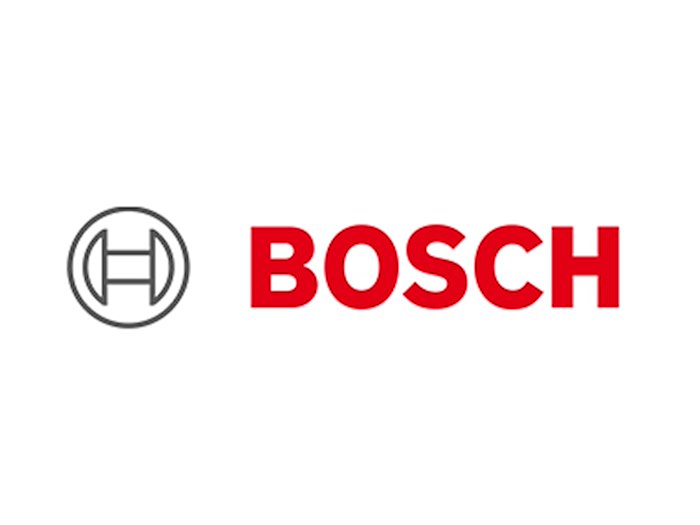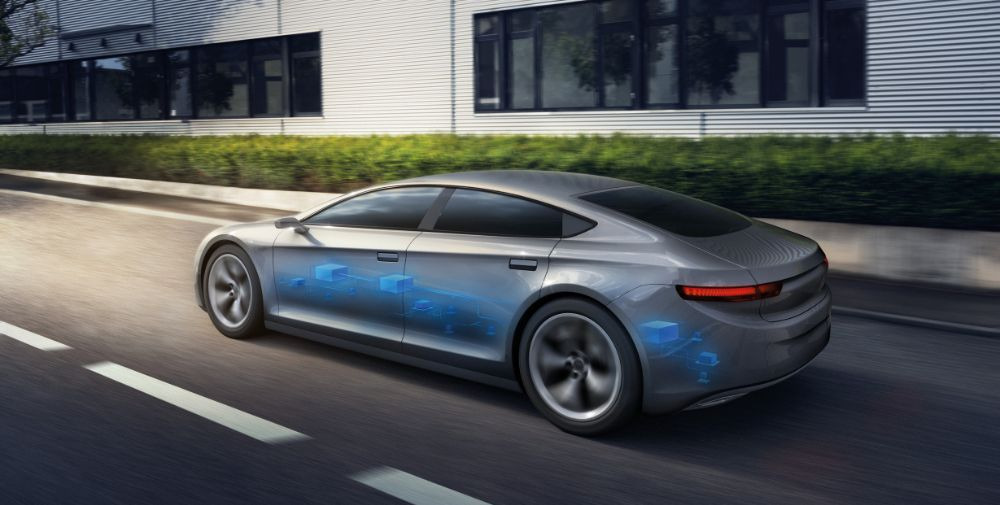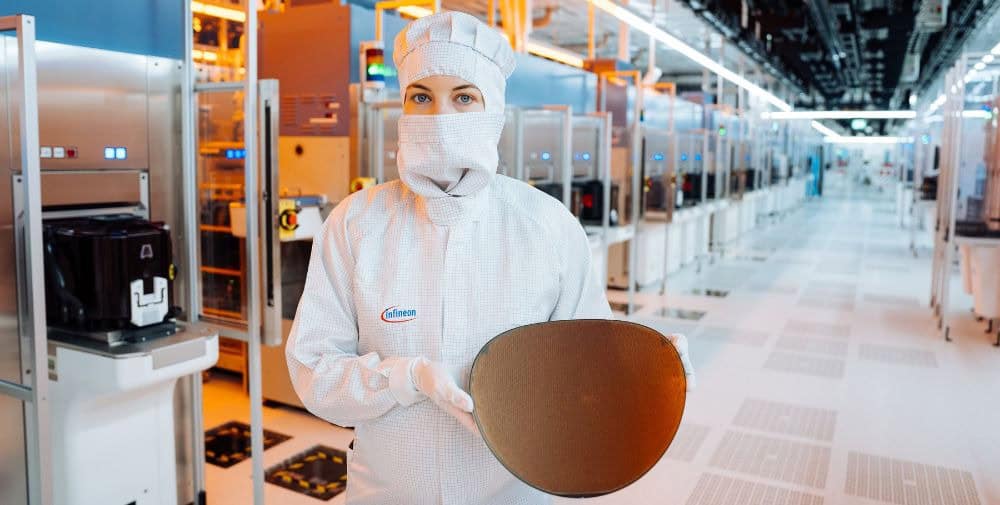
“We want to reduce the complexity of electronic systems in cars and at the same time make them as safe as possible. With the demonstration of our new vehicle computer platform at CES, we are taking a big step in precisely this direction. Our medium-term goal is to bring even more automated driving functions to the small and mid-size car segment,” says Dr. Markus Heyn, member of the board of management of Robert Bosch GmbH and chairman of Bosch Mobility.
The clock generator inside the new vehicle computer from Bosch – called the “Cockpit & ADAS Integration Platform” – is an SoC that processes various functions from the two domains of infotainment and driver assistance simultaneously. These include, for example, automated parking or lane recognition, paired with intelligent and personalized navigation and voice assistance. Advantages for car manufacturers: less installation space and cabling effort and therefore also lower costs.
In general, Bosch is already doing good business with vehicle computers today: the company expects sales of three billion euros in 2026 with computers for infotainment and driver assistance alone.
Modular building block principle for maximum scalability
Bosch relies on a modular building block principle for its central vehicle computers. Together with stand-alone software solutions, for example for environment perception such as Video Perception, customers can put together their individual solutions in a modular and scalable way in combination with hardware components. Software-intensive central computers play a decisive role here, as they enable manufacturers to implement driving and assistance functions, for example. Software integration is in high demand here. Bosch contributes integrative expertise and makes it possible to combine software components from different sources.
In-depth Bosch know-how in all vehicle domains as a competitive advantage
Almost all car manufacturers worldwide are currently investing heavily in software-defined vehicles. Bosch expects the market for automotive software to reach a volume of around 200 billion euros by 2030. In the area of vehicle computers for infotainment and driver assistance systems, the company expects a market volume of 32 billion euros in 2030. Bosch’s advantage is its in-depth expertise in all vehicle domains. The company is equally at home not only in software but also in hardware, developing and manufacturing key components for modern vehicles such as drive, brakes, steering, infotainment and automated driving under one roof.
Bosch approach allows maximum flexibility
Bosch pursues a so-called multi-SoC approach. The company’s new vehicle computers are designed in such a way that the required SoCs can come from different manufacturers. This means that Bosch can use exactly the SoCs requested by the customer. “Our software runs on chips from different manufacturers. This means that software and hardware can be decoupled from each other,” says Heyn. Bosch is one of the few companies that can develop a centralized electronics architecture from start to finish and master the interaction between automotive electronics, software and the cloud. New functions, such as for driver assistance, can be quickly and easily added to the car via software updates “over the air”. This enables drivers to enjoy a personalized, digital driving experience – even long after the vehicle has been purchased.
– – – – –
Further links
👉 www.bosch.de
Photo: Bosch




